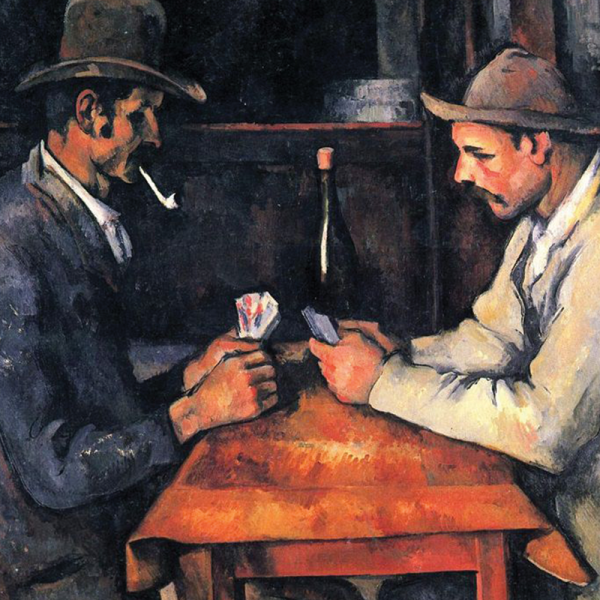Comparative Arts Minor
As a comparative arts minor, you’ll study the relationship between literature and one or several other arts—music, drama, dance, the visual arts, and film—across national, cultural, and linguistic borders. Since knowing the language is essential to understanding a given literature and culture, all minors study a second language and literature at an advanced level. This minor is housed in Comparative Literature.
sample courses:
Wolfgang Amadeus Mozart is one of the most recognized composers of "classical" music. A child prodigy of astonishing precocity, he has come to symbolize genius for Western culture-a composer whose music embodies superhuman, even Utopian beauty and perfection. In this course, we'll learn that there was more to Mozart. Mozart was a lover of codes and puzzles who delighted in the science of music, a sampler of non-Western music, and a musical humorist whose comedies make provocative statements-ranging from cynical to poignant-about politics, gender, and morality. Our focus works will include Mozart's symphonies, piano music, string quartets, and such comedies as The Magic Flute and The Marriage of Figaro.
This course spans the Enlightenment, a period of aesthetic and social upheaval, through Surrealism, a movement that cast into question the forms of art and ways of life that came to represent "reality" in the course of the nineteenth century. We will read literary works featuring other art forms (paintings, pantomimes, or operas in a text); contrast different artistic renditions of a tale (through poetry, music, or ballet); consider theories of representation, performance, and reception that are applicable to both art and society; and learn about the rise of cultural institutions such as the library, the museum, and the opera house and their relationship to the public.

